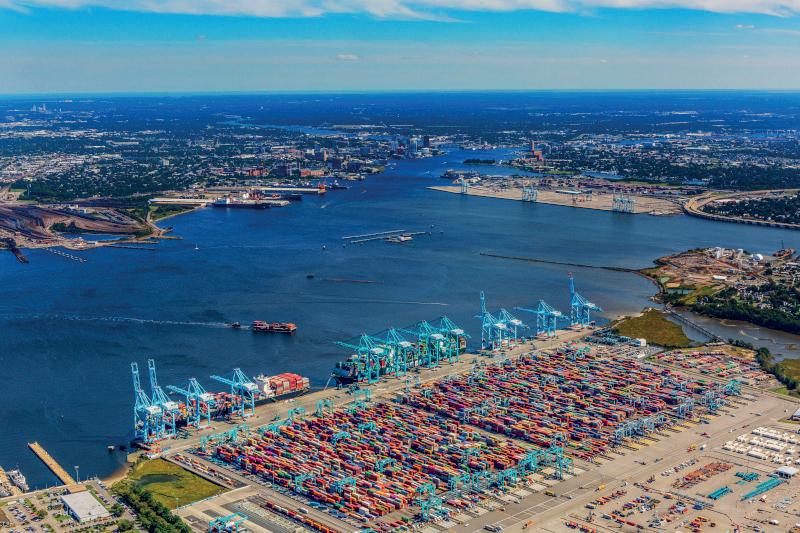
3 minute read
FIRE SAFETY
Services (CLSS) platform addresses these challenges by enabling systems integrators and facilities management firms to access the data within a fire system from anywhere, without necessarily being physically at the control panel.
EDSB Group of Companies, a UKbased provider of fire, security, electrical, mechanical and building services, is employing the CLSS platform within a 50,000-square-metre logistics center for a freight carrier at East Midlands Airport.
“CLSS offers a level of connectivity that provides invaluable reassurance that the system has been commissioned effectively and is being maintained safely,” said Jonathan Parker, managing director, EDSB Group of Companies. “We can also see how old every detector is and when it needs to be changed based on prevailing regulations. With CLSS, we can tailor settings based on a customer’s requirements and verify weekly testing is carried out according to their specifications while also logging faults and fire activations.
“Clients love that we can tailor settings in line with their requirements,” Jonathan continues. “Take weekly testing for example - using CLSS, a company with several sites can verify that these tests are carried out according to their specifications, as well as logging any faults and fire activations,” he added.
Faster at the edge
Edge devices, such as fire sensors, motion detectors and energy meters, have traditionally served a simple, discrete role in providing a safe, secure and comfortable environment. With digitalization, though, their capabilities have quickly evolved. With communications and intelligence embedded, edge devices can help process information and make quick decisions independently, while sending data to the cloud for further analytics and compliance reporting.
Meanwhile, for autonomous buildings, smart edge devices will be able to maintain their own health by identifying the need for replacement or maintenance, potentially improving operating costs. They will also be able to more quickly detect and respond as well as provide automated compliance reports alongside long-term trend analysis to continuously improve performance.
Many facilities are working to create healthier environments and even limiting occupant density to comply with social distancing. System Integrators need to provide their customers with the highest level of commissioning flexibility that will allow speedy re-configuration of buildings with the minimum of man hours on the ground and with maximum level of trust in the compliance reporting.
Advancements in technology will only continue to make buildings more intelligent and adaptive to the needs of their occupants. With so much useful data to be captured and utilized, facility managers can use future developments to their advantage giving them the ability to be more agile in reconfiguring and commissioning as unforeseen challenge are thrown their way.

Sameer Agrawal is General Manager, Global Fire Software and Services, Honeywell. Honeywell Building Technologies (HBT) is transforming the way every building operates to help improve the quality of life. It is a leading building controls company with operations in more than 75 countries supported by a global channel partner network. Commercial building owners and operators use its hardware, software and analytics to help create safe, efficient and productive facilities. Its solutions and services are used in more than ten million buildings worldwide.
https://buildings.honeywell.com/us/en
Problem solvers

When it comes to innovative solutions on major infrastructure projects, engineering firm Wenlock has established itself as a business that can think out of the box
Over the years since it was established, Wenlock has developed a knack for supplying innovative solutions to very complex problems. This mostly derives from the experience and skills accumulated by its founder, Roberto Garziera, a leader in construction design and engineering for over 20 years, who, after a long career of designing and consulting across a variety of industries has contributed new ideas and products to many sectors, such as pulp and paper, plastic packaging, special machinery, consumer products, steel constructions and infrastructures. In many cases his solutions, spanning from cookware to full round tunnel lining systems, have been patented and still appear on the market years later.
Two infrastructure projects recently delivered by Wenlock present very interesting aspects both for innovative design and the benefits to on-site construction, especially in terms of simplification and time saving.









